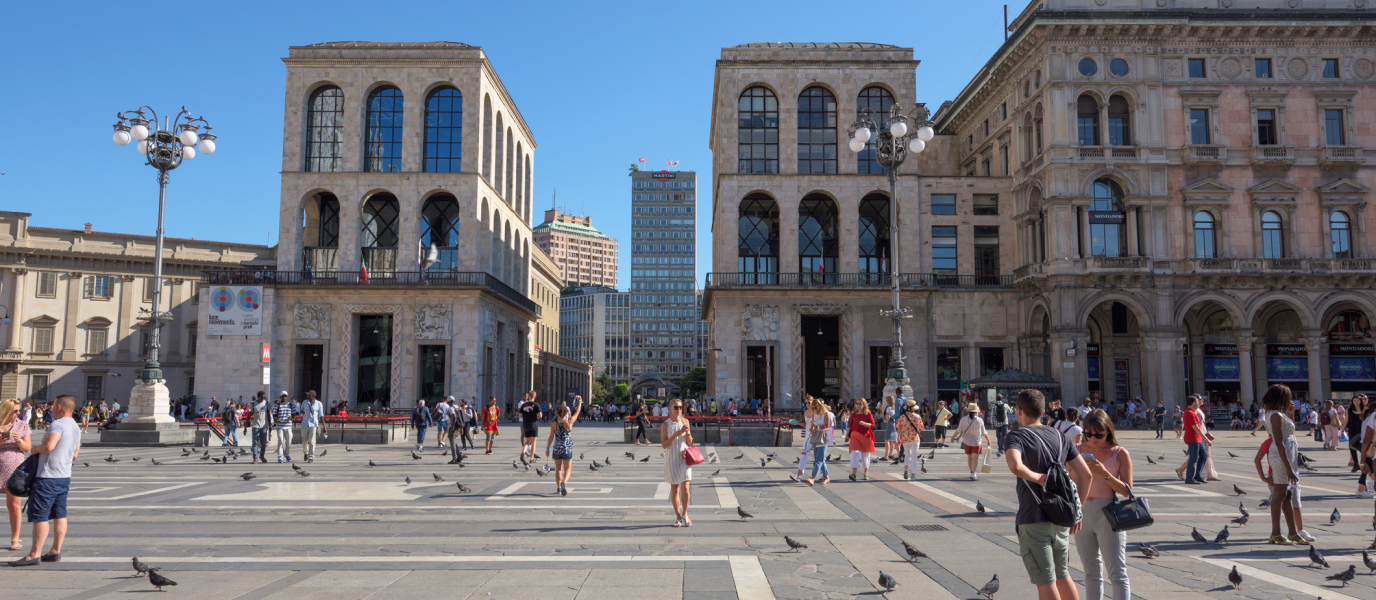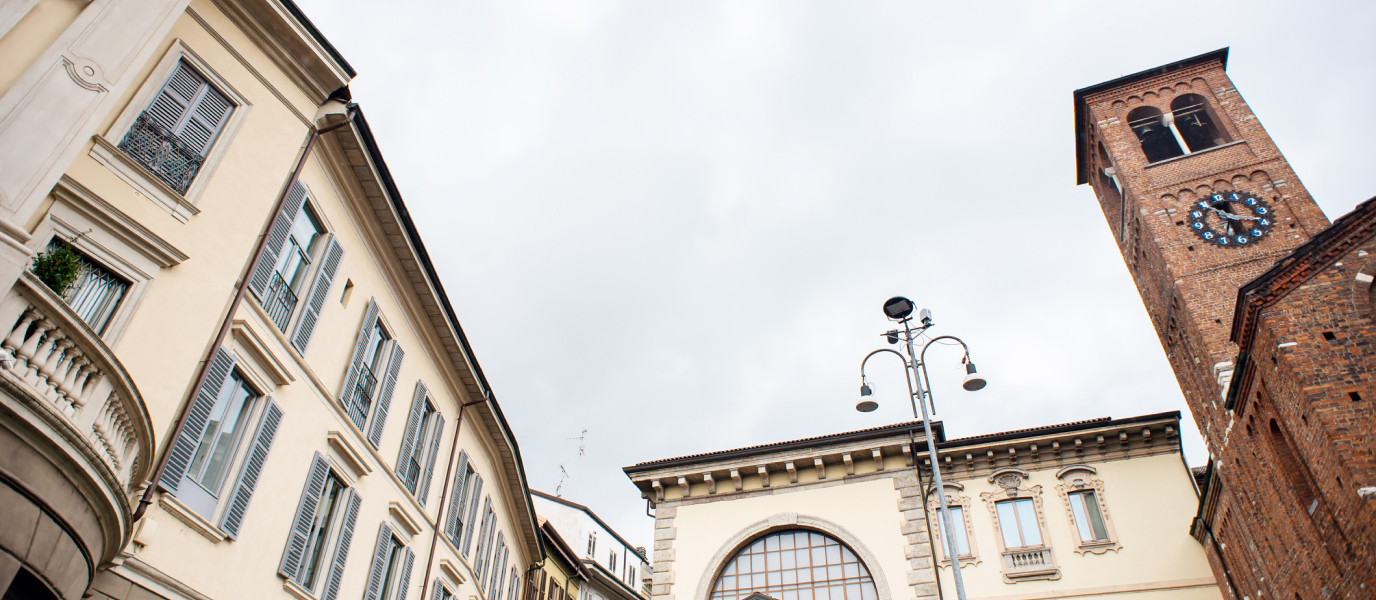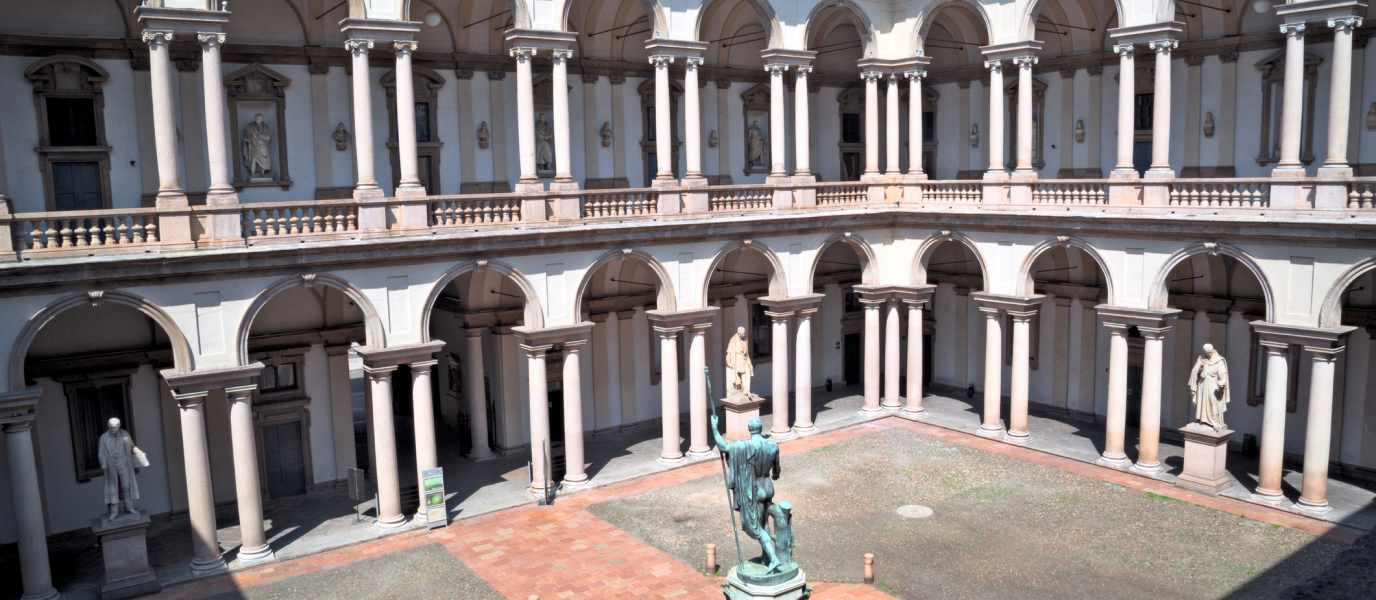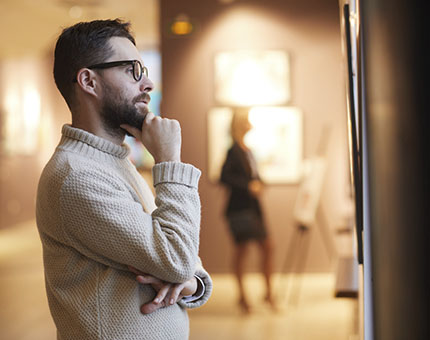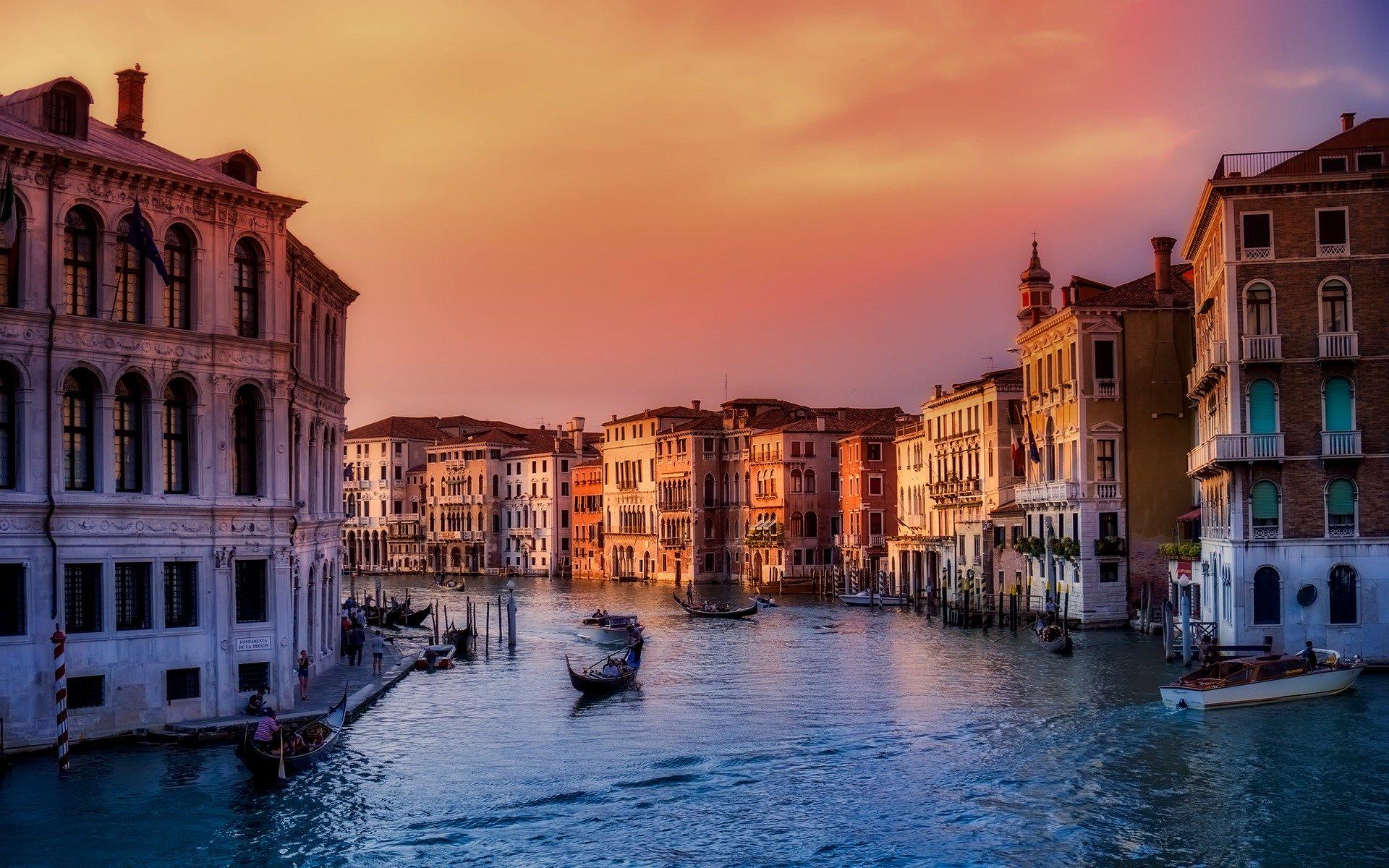Milan, the capital of Lombardy region, is a city of contrasts. Its unique blend of old architecture and modern buildings is one of its great charms.
When it comes to museums, it doesn’t matter if you prefer the Italian Renaissance masters or the early 20th century avant-garde. If the first is more your cup of tea, you can enjoy beautiful galleries such as the Pinacoteca di Brera while for more contemporary art, the Museo del Novecento is waiting for you.
The museum couldn’t have a more central location – it’s right in Piazza del Duomo and is housed in the Palazzo dell’Arengario. The collection includes renowned artists such as Giorgio de Chirico, Lucio Fontana and Piero Manzoni.
The Museo del Novecento’s unusual home
One of the first things that instantly grabs your attention is the building that houses the Museo del Novecento. The place chosen for the gallery was the Palazzo dell’Arengario, on one side of the Piazza del Duomo. The origins of the building can be traced back to 1936 when architects Portaluppi, Muzio, Magistretti and Grifini began work on its design and part of the Royal Palace was demolished with the aim of giving the Piazza del Duomo a more monumental feel.
Two twin buildings with façades decorated by Arturo Martini were planned. One of their functions was to provide a space – the Arengario balcony – that could be used by Mussolini to give his speeches. The building was abandoned after the Second World War and wasn’t used again until the 1950s, when renovation work was needed to convert the building into offices.
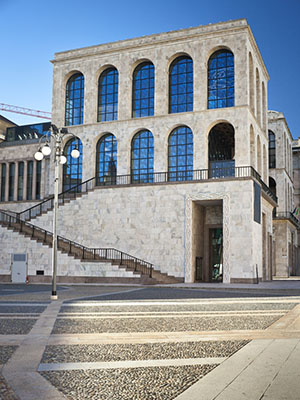
It wasn’t until the 2000s when it was given a new lease of life. Architects Italo Rota and Fabio Fornasari were commissioned to fully refurbish the Palazzo dell’Arengario so that it could house the Museo del Novecento.
A spectacular interior
The internal refurbishment turned the building into one of the most important cultural spaces in Milan, and the new museum opened in 2010. It’s impossible to imagine what awaits visitors inside by looking at its façade, which remains virtually untouched. The most spectacular interior design feature is the huge spiral staircase, seemingly inspired by the Guggenheim in New York; it’s an impressive architectural solution that connects every floor of the museum, from the metro stop to the panoramic terrace with views of the Duomo.
The Museo del Novecento is also connected to the Royal Palace via an open-air hanging walkway. Since it opened, the museum’s mission has been to spread knowledge about 20th century art by exhibiting it to the world.
Artists represented in the Museo del Novecento
Thanks to the generosity of private collectors and donations, today the collection of the Museo del Novecento is one of Italy’s most outstanding to cover this period. Almost 400 works are displayed in chronological order, beginning in 1902, the year that painter Giuseppe Pelliza da Volpedo created his best-known work, The Fourth Estate. The painting is a faithful portrait of society at the time and has its own space in the gallery; it starts a journey through the different avant-garde movements of the 20th century, with a particular focus on Italian artists.
Visitors can first admire paintings from the beginning of the 1900s by geniuses such as Picasso, Braque, Kandinsky and Modigliani. The collection then moves onto one of the Museo del Novecento’s biggest draws: the Futurism rooms. This movement emerged in Milan with Marinetti and aimed to break away from the past and tradition. Make sure to spend time here in front of works by Giacomo Balla, Umberto Boccioni and Gino Severini, among others.
After Futurism, it’s time to move onto the 1920s and ’30s, admiring Abstract Art and spaces dedicated to unclassifiable artists such as Giorgio de Chirico, Giorgio Morandi and Arturo Martini.
The third floor has a room reserved for works by abstract painter and sculptor Alberto Burri where you can spend all the time you need. It’s followed by a section on Informalism and its leading Italian artists, Emilio Vedova and Gastone Novelli.
Next, you’ll reach the ’50s and ’60s, where the ironic conceptual art of Piero Manzoni and the members of the Azimuth Group, such as Enrico Castellani, are well represented.
Lucio Fontana floor at the Museo del Novecento
The top floor of the Museo del Novecento is the icing on the cake: the Fontana Hall. The whole floor is dedicated to the life and work of Lucio Fontana and has been designed to be a fully immersive experience with the Piazza del Duomo as the backdrop. The founder of Spatialism aimed to create art for a new era, as can be seen in his most famous pieces.
To visit the last part of the museum’s collection, you’ll have to cross the walkway that connects it to the Royal Palace. Here you’ll find works by the final avant-garde movements that emerged between the ’60s and the ’80s, with a particular emphasis on Kinetic art, Pop art and arte Povera, another famous movement to develop in Italy.
Don’t forget to pass by the museum at night to admire the display that appears on the top floor when Lucio Fontana’s famous neon installations illuminate the Piazza del Duomo at night.
Useful information
Official website: https://www.museodelnovecento.org/en/
How to get to the Museo del Novecento
- By metro: lines 1 and 3, Duomo stop.
- By tram: lines 2, 3 and 14, Torino (Duomo) stop; line 24, Dogana (Duomo) stop.
Opening times: Tuesday to Sunday: 9.30 a.m. to 7.30 p.m. Monday: 2.30 p.m. to 7.30 p.m.
Price. Check up-to-date ticket prices on the official website. Entry is free on the first Sunday of every month, and also the first and third Tuesday of each month from 2 p.m. until closing time.




































































